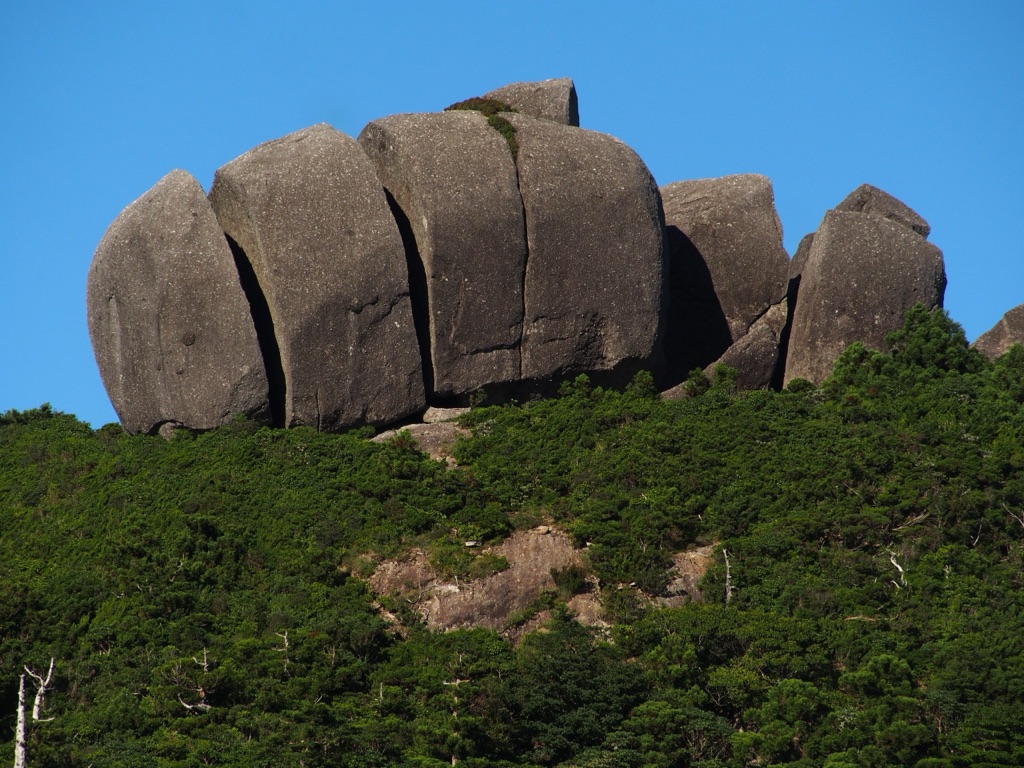Natural Formation or Man-Made?
The Yakushima Megalith, located on the remote island of Yakushima in Japan, has been a subject of intrigue and speculation among historians, archaeologists, and enthusiasts of ancient cultures. This massive stone structure has sparked debates regarding its origins: is it a product of natural geological processes, or does it bear the marks of human craftsmanship? This article aims to explore the evidence surrounding the Yakushima Megalith, drawing on geological, archaeological, and historical research to provide a comprehensive understanding of its nature.
Get your dose of History via Email
Geological Insights
Geologically, Yakushima is an island known for its rugged terrain, dense ancient forests, and significant rainfall, contributing to its unique geological formations. The island is primarily composed of granite, formed through the slow cooling of magma beneath the Earth’s surface. Over millions of years, erosion and weathering processes have shaped the island’s landscape, creating a variety of natural rock formations.
The Yakushima Megalith itself is a large, seemingly rectangular block of stone, prompting some to speculate about its origins. Geologists have studied the megalith and similar formations on the island, concluding that its shape can be attributed to natural processes. Specifically, the process of exfoliation, common in granite formations, can lead to the creation of large, slab-like rocks. Exfoliation occurs as a result of the expansion and contraction of the rock under varying temperatures, leading to the peeling away of outer layers.
Archaeological Evidence
From an archaeological perspective, there has been no conclusive evidence to suggest that the Yakushima Megalith is a man-made structure. Excavations and surveys in the area have not revealed any artifacts, tools, or other signs of human modification that would typically be associated with a constructed megalithic site. Furthermore, the island’s history does not contain records of a civilization with the capability or need to create such a massive stone structure.
Historical Context
Historically, Yakushima has been known for its natural beauty and ancient cedar forests, rather than for monumental architecture or megalithic constructions. The island’s cultural significance lies primarily in its spiritual and natural heritage, rather than in ancient engineering or architectural feats. This context further supports the notion that the Yakushima Megalith is a natural formation, as there is no historical evidence of a society on the island engaging in large-scale stone construction.
Conclusion
Based on the available geological, archaeological, and historical evidence, it is reasonable to conclude that the Yakushima Megalith is a natural formation. While its size and shape may evoke questions about its origins, the scientific consensus points to natural geological processes as the explanation for its appearance. The lack of any human-related evidence surrounding the megalith further supports this conclusion. As with many natural formations around the world, the Yakushima Megalith serves as a reminder of the Earth’s capacity to create structures that can inspire awe and wonder in the human imagination.

